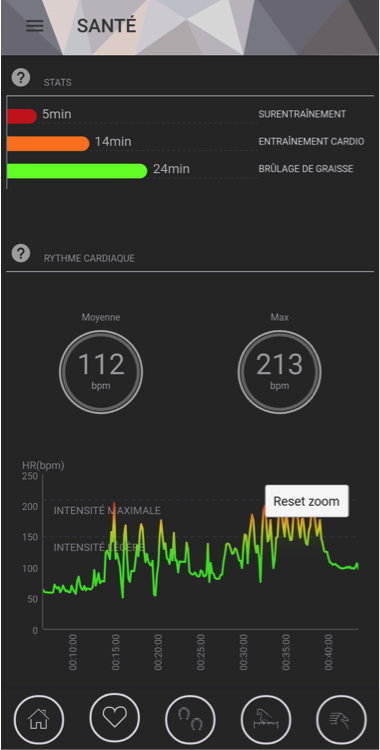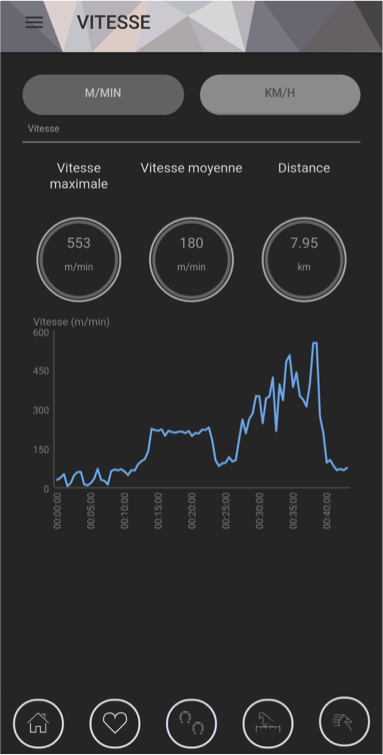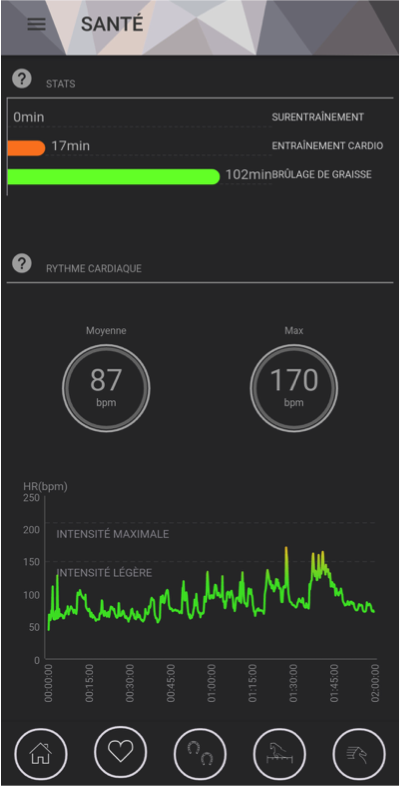Thursday, August 16, 2018
Raphael Cochet and his mare Shérazad were at the Haras du Pin last weekend for the Grand Complet 2018. Unfortunately no ranking for them but a super clear cross-country in 6'44". Incidentally, they were able to set off equipped with their Seaver girth guard 🙂 Here's some advice from Raphael about preparing his mare for cross-country.

Let's take a look back at the preparatory gallops carried out with her girth guard. They were carried out to train Shérazad and enable her to tackle the CIC*** cross-country in the best possible way.
Raphael has completed two gallops. An intense gallop on the beach at Deauville a month before. Then a second, "cooler" gallop in the forest of Rambouillet a week before the deadline. We've decided to share with you the exclusive data gathered from these two sessions.
Training at Deauville lasted 43 minutes. Raphaël broke it down into 16 minutes of walk, 15 minutes of trot and 12 minutes of canter. The latter were performed in a single session. At Rambouillet, training lasted 1h59. It was broken down into 1h12 of walk, 31 minutes of trot and 12 minutes of canter. The purpose of these two preparatory canters was slightly different.
In fact, the aim of the "intense" training was to put the mare's cardiovascular system through its paces and push her into the type of functioning she'll find when running her cross-country race. The graph shows that Shérazad worked on her cardio for 14 minutes (orange gauge) and made a major effort for 5 minutes (red gauge).
In Deauville, she burned almost 500 calories and her heart rate gradually increased with the effort, averaging 112 beats per minute and peaking at 213 beats per minute, a decent rate for such an effort. We also note her rapid cardiac recovery after the effort, since within a minute of the gallop, the mare's heart rate is back to around 100 bpm, which then continues to decrease, a sign of good form.


We can also see that the speed curve increases with intensity. There's the striding phase, then the trotting phase, then the 12 minutes of fairly intense cantering, peaking at 600 m/min at the end of the session, and finally the recovery phase when the curve drops rapidly.
On the other hand, the gallop at Rambouillet with a week to go was intended to sharpen the mare and check that she was in good shape without tiring her too much.
During this much longer training session, at no time was Shérazad in the red. She trotted a lot and did a fairly long 10-minute canter at rather low speed. Her cardio remained stable (between 50 and 100 beats per minute) and came down fairly quickly during the recovery phase.
It's interesting to study the speed curve in relation to cardio. Note the evolution of the heart rate curve, which follows that of speed. Raphael didn't push his canter too hard, so as not to impair his physical condition. Here, Raphael moved at an average speed of 120 m/min, peaking at 384 m/min.


The girth guard's locomotion data also enabled Raphael to check Shérazad's symmetry as she approached her due date. Thanks to this indicator, it is possible to detect weakness or even lameness.

Here, percentages close to 50% are indicative of very good symmetry. The same applies to scores between 80 and 100. Lower scores can be explained by uneven ground at times outdoors. So Shérazad was ready to run her cross 🙂
See you soon for a new article,
The Seaver team